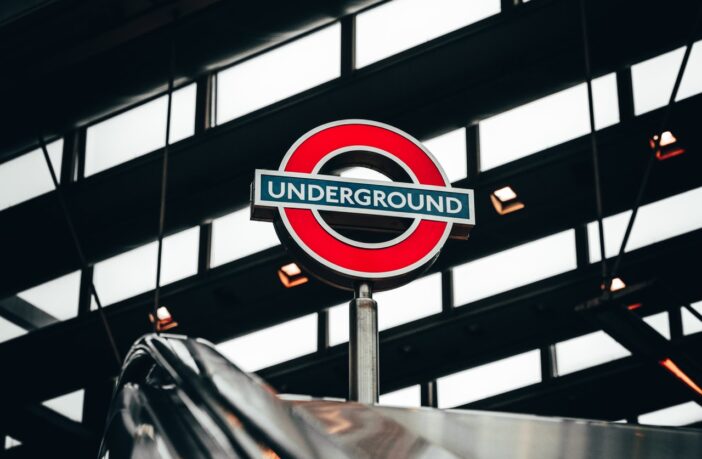The latest effort by the city of London to decarbonise its transport system sees TfL launch a market test to supply tube trains with renewable electricity, as part of the Mayor of London’s ambition to have a zero emission rail network by 2030.
The network currently receives its electricity directly from National Grid via the Crown Commercial Service, but this market test is a bold move to secure deals that would allow renewable electricity to be purchased via external Power Purchase Agreements (PPA), such as wind and solar generators.
TfL requires an estimated 1.6TWh of power per year because not only are all the trains on its network electrically powered but there are also more than 3,800 hybrid and electric buses on the road. This usage is equivalent to the electricity needs of over 437,000 average homes in London, making TFL one of the UK’s most significant consumers of electricity.
It’s the first time that City Hall has publicly revealed TfL’s energy consumption and it’s a strategically transparent move that works to help renewable electricity generators and stakeholders map out a practical and attainable plan to achieve an energy source that is 100% renewable. “As one of the single biggest purchasers of energy in London, it is important that TfL leads the way on green energy. Covid-19 has had a devastating impact but as we recover, we want to make sure that we build a better, greener and more equal city,” said the Mayor of London, Sadiq Khan.
Along with the Greater London Authority (GLA), TfL is looking to take a steady purchase approach, committed to acquiring as much as 10 percent of the tube network’s energy from renewable PPAs by spring 2022 – dependent on market approval from its Finance Committee later this year. By the end of the decade, TfL aims to have purchased 100% of its energy from renewable resources. This cautiousness can in part be attributed to the current financial challenges faced by TfL in the wake of Covid-19, which received a £1.6bn government bailout after the health pandemic saw a drastic decrease in passenger figures.
News of the market test has been met with warm approval by organisations such as Greenpeace and the Renewable Energy Association (REA). Dr. Nina Skorupska, chief executive of REA, in particular applauds TfL for setting its sights on the PPA market, a move that she says will help both decarbonise the Tube network and significantly reduce its energy costs. “This is a major step forward for both the low-carbon transport and power sectors, and we hope to see other London boroughs also getting involved,” she said.
TfL’s 2030 zero emission rail ambition feeds into London’s big plan, which leads with the headline goal of making the city completely carbon-neutral by 2050. The London Environment Strategy (LES) has committed to ambitious targets of increasing London’s current solar PV capacity by 20 times (by 2050), reducing CO2 emissions by 40% at the end of this year (against a 1990 measurement), and introducing zero-emission zones in several town centres by the end of 2020 to help local businesses who want to implement the use of electric vehicles.
Photo by Yoss Cinematic from Pexels




